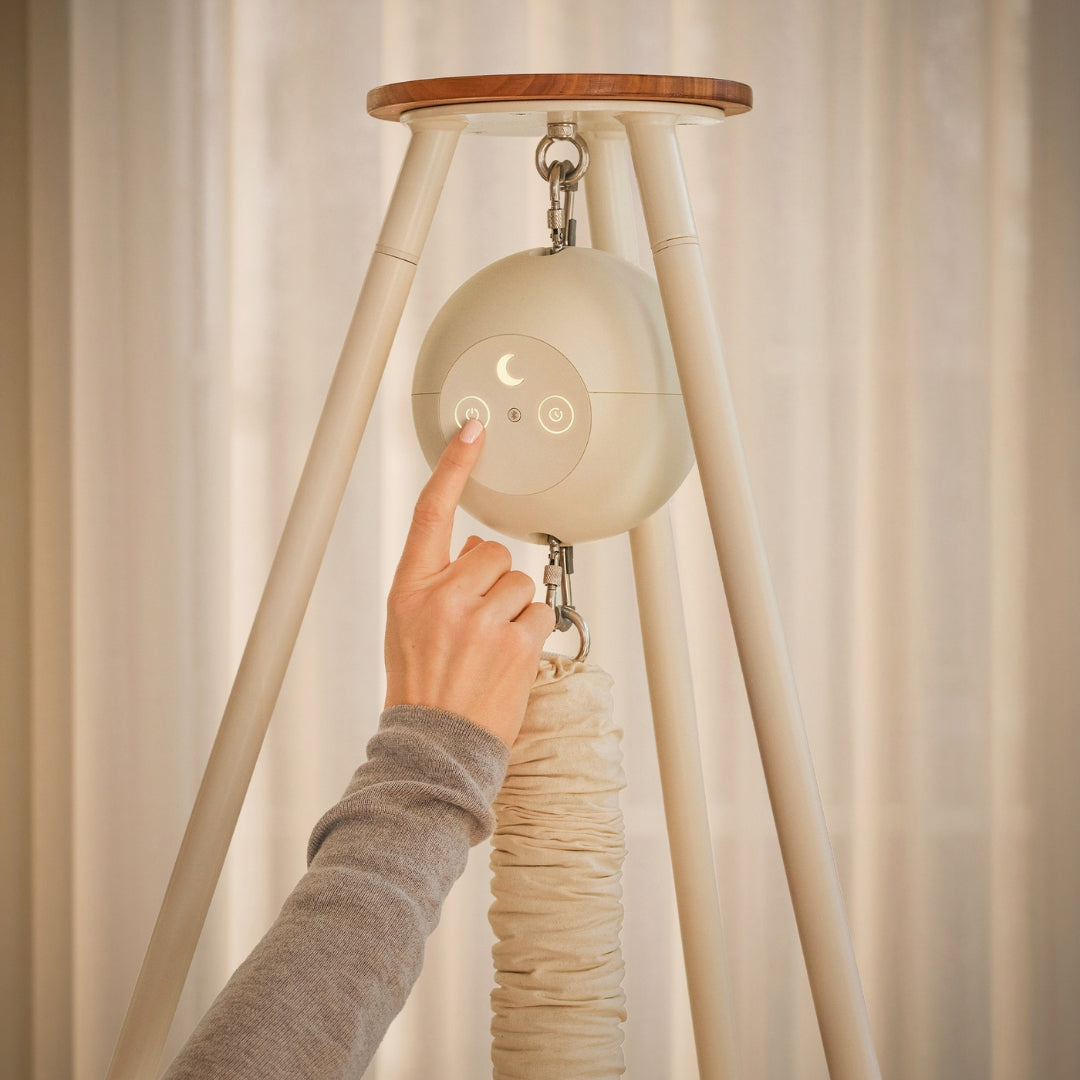With Medela's innovative breast pumps, mothers can confidently choose a solution that best fits their lifestyle, ensuring comfort, efficiency, and convenience in their breastfeeding journey.
FAQ:
1. How often should I pump milk if I am exclusively pumping?
If you are exclusively pumping, it is generally recommended to pump every 2-3 hours, mimicking the frequency of a newborn’s feeding schedule. This usually translates to about 8-12 pumping sessions in a 24-hour period. Regular pumping helps maintain milk supply and prevents engorgement.
2. What are the benefits of breastfeeding over formula feeding?
Breastfeeding offers numerous benefits, including:
- Nutritional: Breast milk provides the perfect balance of nutrients that are easily digestible.
- Immunological: It contains antibodies that help protect babies from infections and illnesses.
- Bonding: Breastfeeding promotes skin-to-skin contact, which strengthens the bond between mother and baby.
- Health: It can reduce the risk of certain diseases for both mother (e.g., breast and ovarian cancer) and baby (e.g., allergies, asthma, obesity).
3. How do I choose the right breast pump?
Choosing the right breast pump depends on several factors:
Frequency of Use: For occasional use, a manual or single electric pump may suffice. For regular or exclusive pumping, a double electric pump is more efficient.
- Portability: Consider if you need a portable pump for on-the-go use.
- Comfort: Look for adjustable suction levels and comfortable breast shields.
- Budget: Prices vary widely; ensure you balance cost with the necessary features.
- Reviews and Recommendations: Research and consider reviews and recommendations from other mothers or healthcare providers.
4. Can I store pumped breast milk, and how should it be stored?
Yes, pumped breast milk can be stored for future use. Here are the guidelines for storage:
- Room Temperature: Up to 4 hours.
- Refrigerator: Up to 4 days.
- Freezer: Up to 6 months is optimal, but up to 12 months is acceptable. When storing, use clean containers or breast milk storage bags, label them with the date, and store them in small amounts to avoid waste.
5. What should I do if breastfeeding is painful?
If breastfeeding is painful, consider the following steps:
- Check Latch: Ensure the baby is latching properly; an incorrect latch is a common cause of pain.
- Nipple Care: Keep nipples clean and dry; use lanolin or nipple creams if they are sore or cracked.
- Breast Position: Experiment with different breastfeeding positions to find the most comfortable one.
- Seek Help: Consult a lactation consultant or healthcare provider for personalized advice and support.
- Rest and Hydrate: Ensure you are well-rested and hydrated, as stress and dehydration can affect breastfeeding comfort.




























